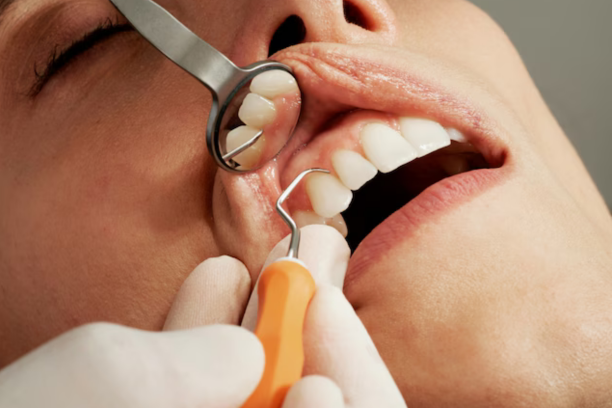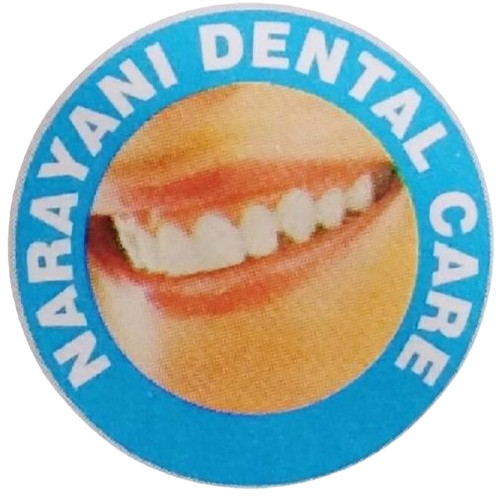
RESTORATIVE DENTISTRY
Cosmetic Dentistry & Veneers
What is Root Canal Treatment?
Cosmetic dentistry focuses on enhancing the appearance of teeth, gums, and overall smile. It addresses a wide variety of dental concerns related to aesthetics, such as tooth discoloration, misalignment, gaps, chipped or worn teeth, and more. It combines art and science to achieve a smile that not only looks beautiful but also functions well.
Cosmetic Procedures Some common cosmetic dentistry procedures include:
- Teeth Whitening: Brightening stained or discolored teeth.
- Bonding: Using a tooth-colored resin to fix minor chips or gaps.
- Inlays and Onlays: Indirect fillings for teeth with mild to moderate decay or cracks.
- Orthodontics: Straightening teeth using braces or clear aligners.
- Dental Implants: Replacing missing teeth with artificial ones.
- Veneers: A popular and highly effective option in cosmetic dentistry.
Veneers
Veneers are thin, custom-made shells that cover the front surface of teeth to enhance their appearance. They are typically made of porcelain or composite resin. Veneers are a great solution for those who want to improve the shape, size, color, or alignment of their teeth.
Key Features of Veneers:
- Natural Appearance: Porcelain veneers mimic the light-reflecting properties of natural teeth, making them look very lifelike.
- Durability: Veneers can last for 10-15 years with proper care.
- Stain-Resistance: Porcelain veneers are resistant to stains from coffee, tea, and smoking.
- Customization: Each veneer is tailored to fit the individual patient’s teeth, ensuring a perfect fit and appearance.
Common Reasons for Veneers:
- Teeth that are discolored (due to root canal treatment, stains, excessive fluoride, etc.)
- Worn-down or chipped teeth.
- Misaligned, uneven, or irregularly shaped teeth.
- Gaps between teeth.
The Procedure for Getting Veneers:
- Consultation and Planning: A dentist will first evaluate the patient’s teeth and discuss the desired outcome. This may include taking X-rays and making impressions of the mouth.
- Tooth Preparation: A small amount of enamel is removed from the tooth surface to make room for the veneer (usually 0.3-0.5 mm). An impression is then taken and sent to a dental lab.
- Bonding: Once the custom veneers are ready, they are bonded to the teeth using dental cement. Adjustments in size, shape, and color can be made during this step.
- Follow-Up: Patients may need a follow-up visit to ensure the fit and comfort of the veneers.
Benefits of Veneers:
- Quick transformation of a smile.
- Minimal impact on the natural tooth structure.
- Can cover multiple imperfections in one procedure.
Our Services
Opening Hours
MON- SAT – Morning 10:00 AM – 2:30 PM
Evening- 05:30 PM – 9:00 PM
SUNDAY – 10:00 AM – 2:30 PM
Contact US
Frequently Asked Questions



